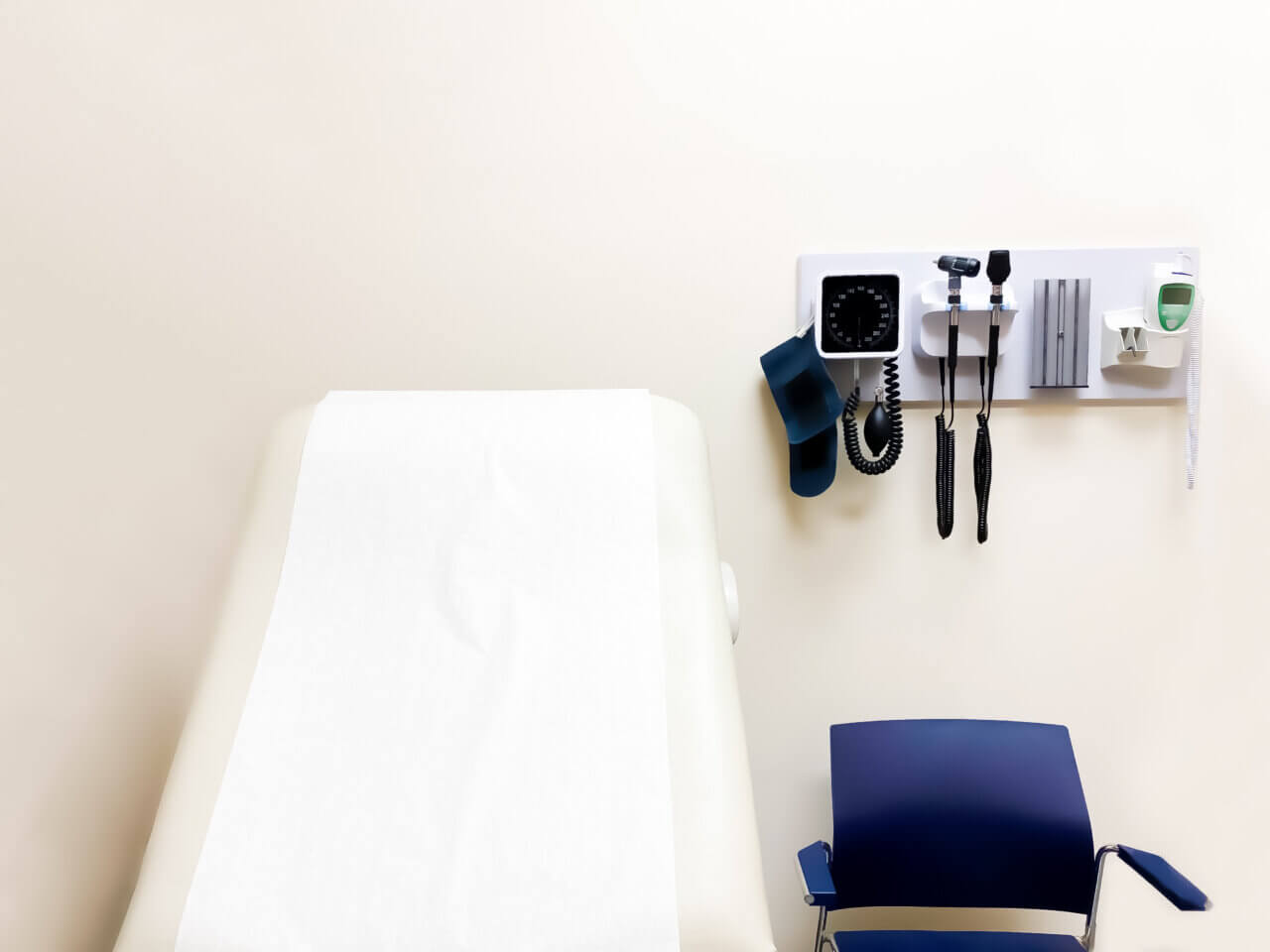Sprain vs. Fracture: How to Know the Difference

Clinically reviewed by Dr. David B. Saxon.
Sprains and fractures are common injuries. Sprains are when you stretch or tear the ligaments around a joint. They vary in severity depending on how much damage is done.
Fractures are when a bone breaks to some degree. Hairline fractures are tiny cracks, partial breaks are larger cracks, and complete fractures are when a bone breaks into two or more pieces. Fractures can also be simple, meaning bone doesn’t break through the skin, or compound, meaning the bone does break through the skin and is visible.
Is It a Sprain or a Fracture?
If you suffer a compound fracture, there’s no question about it since you see the bone. However, with other injuries, it can be difficult to determine whether it’s a sprain or a fracture.
Some symptoms of a sprain and fracture include:
- Misshapen joint. Both sprains and fractures cause swelling. But if the joint looks significantly different than normal, you likely have suffered a break.
- Noise when the injury occurred. Sprains typically occur silently unless they’re particularly severe. If you break a bone, you may hear a cracking sound.
- Source of the pain. If the pain you feel is in the soft tissue around a joint, it’s probably a sprain. If applying light pressure over a bone causes significant pain, the injury is likely a fracture.
- Physical sensations. A sprain typically only causes pain. A fracture causes pain, but you may also experience tingling or numbness.
The best way to know if you have a sprain or a fracture is to get an X-ray. A doctor can look at the image to see if there are signs of a break in the bone.
Where to Get Treatment for Sprains and Fractures
If you’ve sprained a particular joint before and know that’s what you’re experiencing, you probably also know how to treat it and may not need to see a doctor. However, if you don’t know what you’re dealing with or it’s clear you have a broken bone, you should seek prompt medical attention.
The decision to go to an urgent care clinic or emergency room depends on the severity of the break. If the injury has caused significant misshaping of the bone or the bone has penetrated the skin (a compound fracture), you should go to an emergency room. If it’s a minor break with little or no change in the shape of the bone, an urgent care clinic can probably treat the injury.
Of course, if you aren’t sure, it’s best to be safe and go to an emergency room.
How Doctors Treat Sprains and Fractures
Treatment for sprains
Most sprains heal on their own, with treatment you can remember as RICE:
- Rest
- Ice
- Compression with an elastic bandage
- Elevation of the joint above the level of your heart
Your doctor may also have you take anti-inflammatory medications like ibuprofen (Motrin, Advil) or naproxen (Aleve). In some cases, a sprain requires physical therapy.
The recovery time for sprains ranges from a few days to several weeks, depending on the severity.
Doctors treat fractures by:
- Realigning the bone if needed
- Immobilizing the joint with a cast or splint
- Having you avoid putting weight or pressure on the bone
- Having you apply ice to the affected area
- Prescribing pain relievers
- Performing surgery if necessary to repair the damaged bone
The recovery time for broken bones tends to be several weeks to months, depending on the bone and type of fracture.
Get Care for Sprains and Fractures at Baptist Health
If you believe you have a sprain that requires treatment or a broken bone, visit a Baptist Health Urgent Care or Emergency Care location. The team there will assess your injury and provide the appropriate care.



